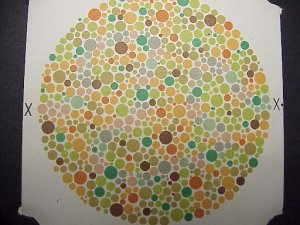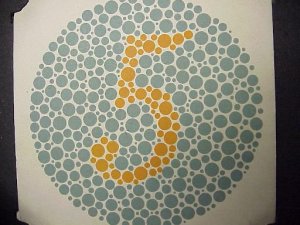adamasgem
Brilliant_Rock
- Joined
- May 23, 2003
- Messages
- 1,338
Yes, you will get higher measured light return with the D, all other factors being equal...Date: 8/30/2006 1:20:56 PM
Author: Lynn B
OK, I''m just a layperson here -- so I''ll (gladly!) leave the techie-talk to the experts. But I do have a question...
So, assume we have two virtually identical diamonds, cut to super-ideal proportions... one is a ''D'' and one... isn''t.Date: 8/29/2006 2:48:58 PM
Author: adamasgem
I notice you didn''t mention color.
A D color stone is going to return much more light than a K color of the same size and cut. The ''optimal cut'' for a K color stone WILL NOT BE the same for a D color. It is a matter of optical physics. It is a non linear optimization problem. It is a function of the lighting envirionment and the lighting color temperature.
Are you saying that the D will be a better performer, solely because of its color grade?








300x240.png)